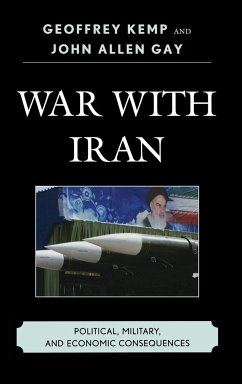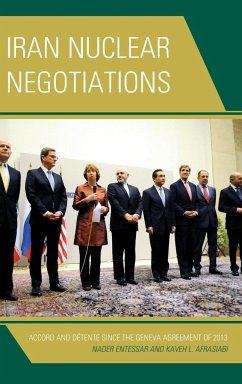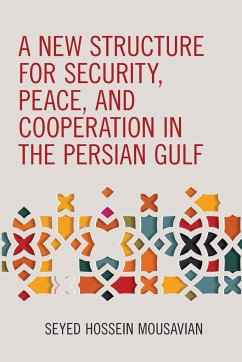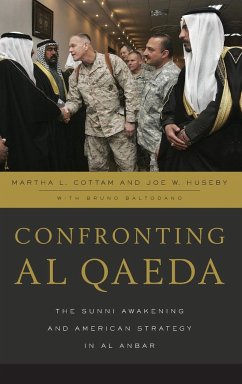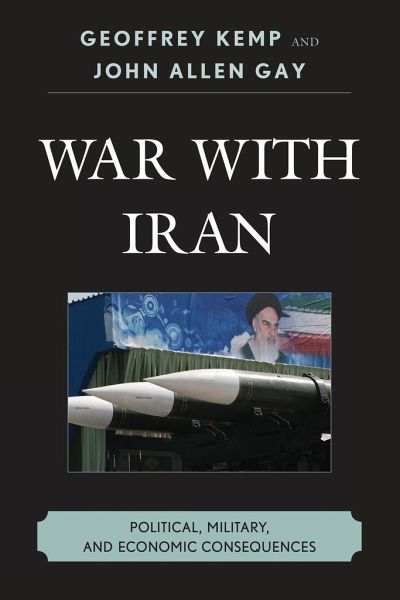
War With Iran
Political, Military, and Economic Consequences
Versandkostenfrei!
Versandfertig in 1-2 Wochen
66,99 €
inkl. MwSt.
Weitere Ausgaben:

PAYBACK Punkte
33 °P sammeln!
War With Iran: Political, Military and Economic Consequences provides readers both a history of Iran’s relationship with the West and an expert’s estimation of what the political, human and financial costs of full-scale war with Iran might be.





